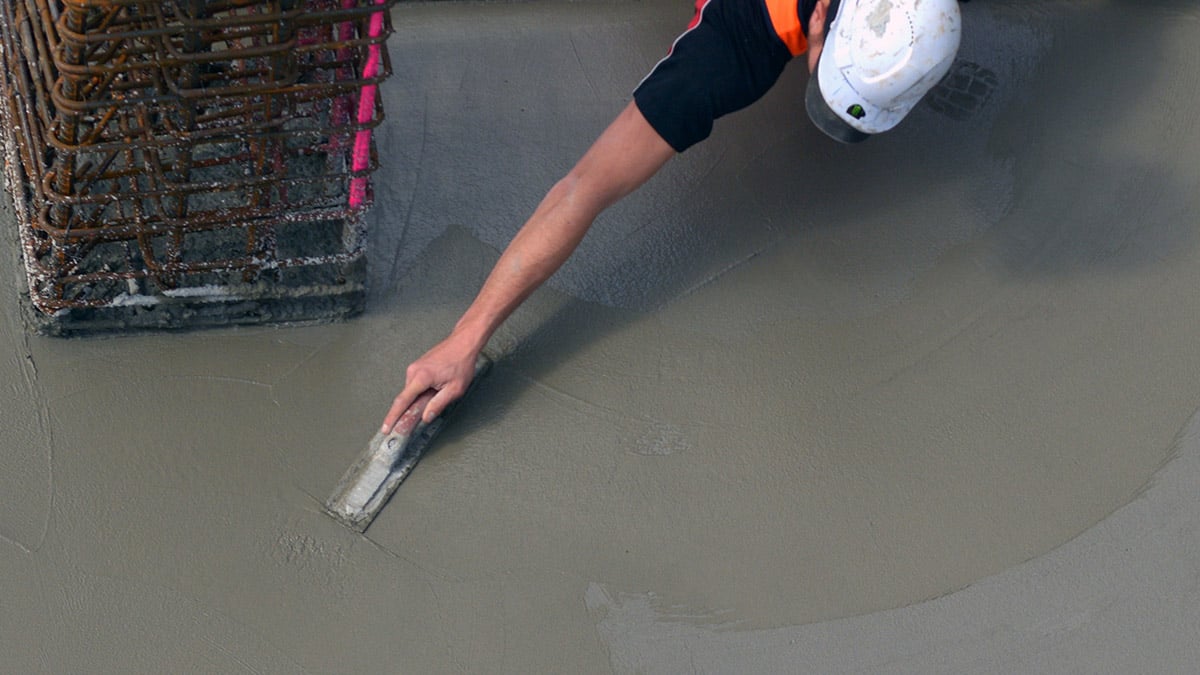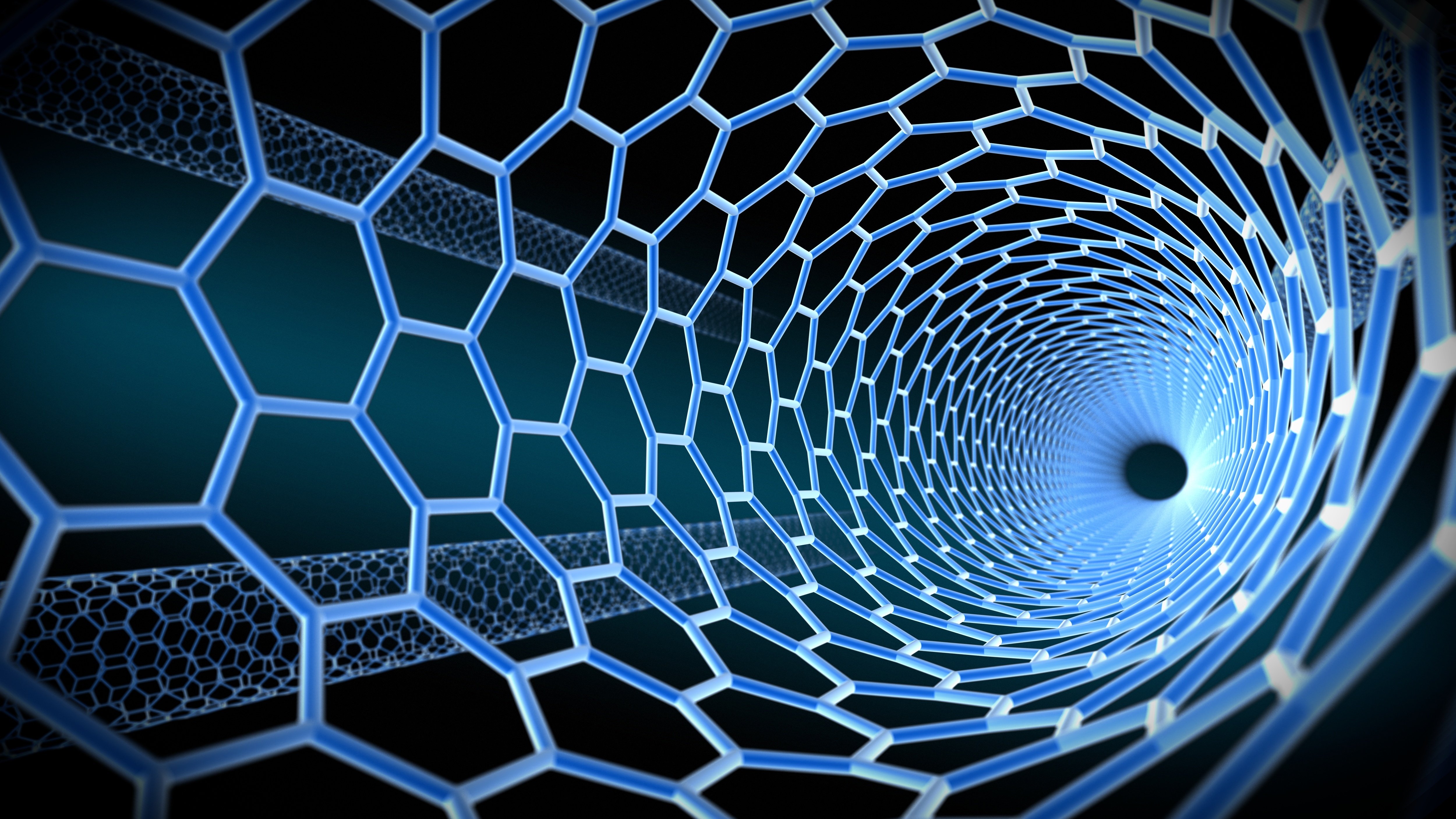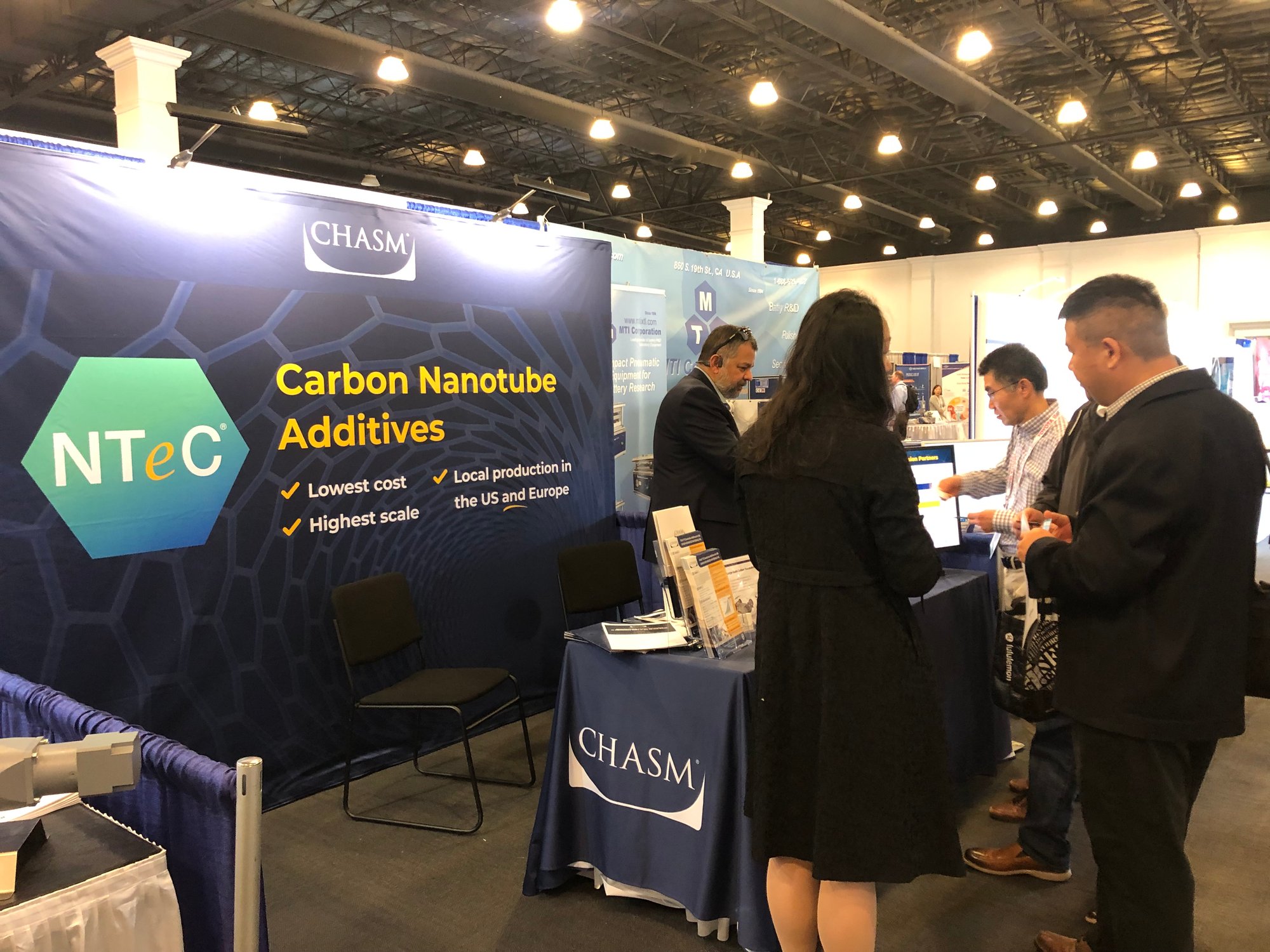%20(1).png)
NTeC
From carbons to cement, the NTeC platform is revolutionizing one particle after another to dramatic effect.
NTeC-E for Batteries
The drive to continually improve battery performance has generated increasing interest in Carbon Nanotubes and their use is becoming a standard. The market demand for these materials is expected to track the growth in lithium-ion batteries and other markets that are increasingly turning to nanotechnology for enhanced performance.
To meet this challenge, CHASM has developed a platform that enables the world’s lowest capex, most cost efficient, scalable and sustainable method for manufacturing Carbon Nanotubes and Carbon Nanotube Hybrids.
In 2022, CHASM successfully commissioned a 50 MTA CNT pilot reactor, following two years of development on bench and lab scale reactors. In 2024, CHASM is scheduled to commission a commercial scale reactor (1500MTA) which will serve as the template for deployments at multiple locations.
Better Batteries
CHASM’s NTeC-E is a state-of-the-art Multi-Wall Carbon Nanotube family of products that was developed specifically for use in batteries. Suitability for use lithium ion batteries has been demonstrated by multiple third parties, including a recent evaluation conducted by Argonne National Laboratory.
Drop-in Ready for Today's Formats
NTeC-E is available in multiple formats: powder, aqueous dispersion or NMP dispersion. We offer the dispersions in standard concentrations and can also work with you to produce or develop a custom formulation to your precise specifications.
NTeC-E Features
-
High CNT purity, 99%+ (zero iron content)
- Narrow median outer diameter, 10 nm
- High aspect ratio
- Low CNT defects (G/D = 1.48)
- High Specific Surface Area (303 m2/g)
- Low bulk density (0.087 g/cm3)
NTeC-E Benefits
-
Faster charge/discharge
- Higher energy density
- Easy to handle and use
- Boost domestic content with Made in USA material

.jpg)





















